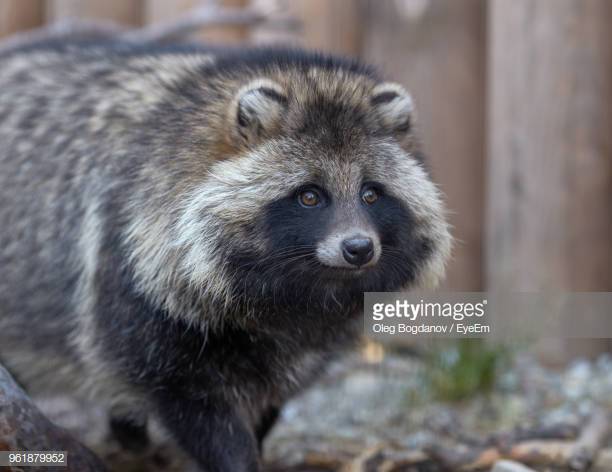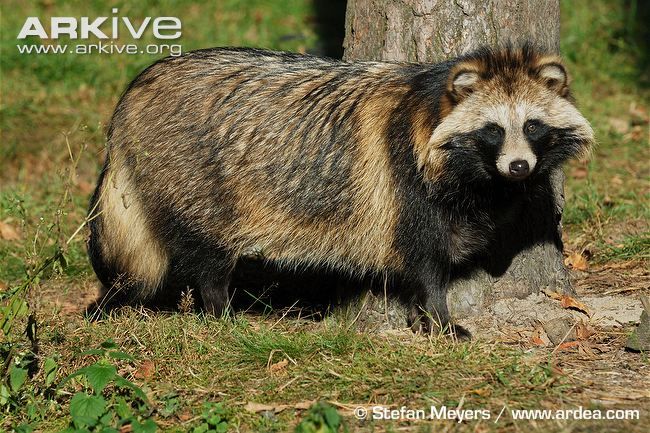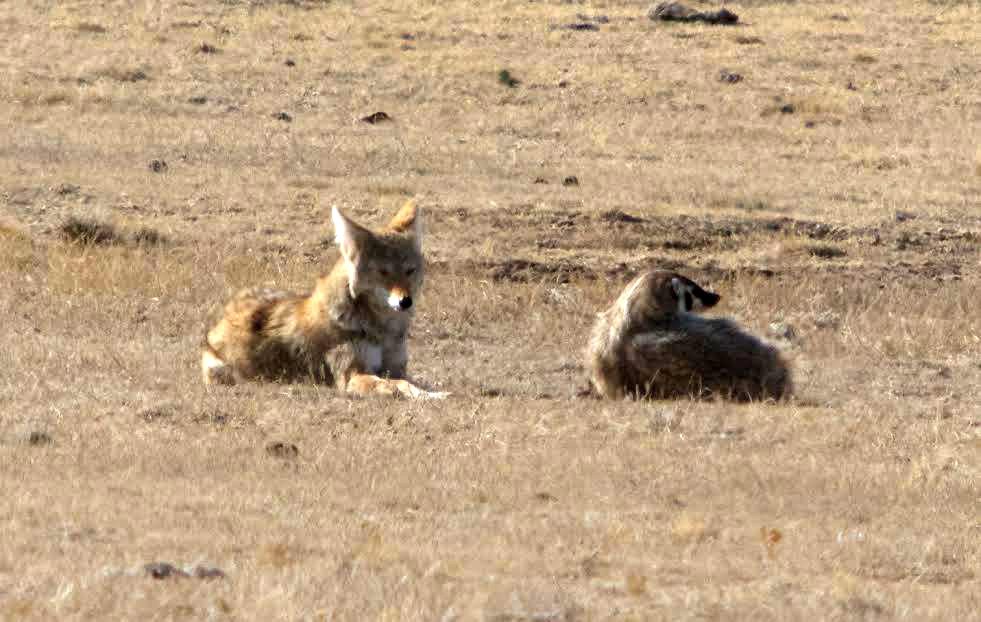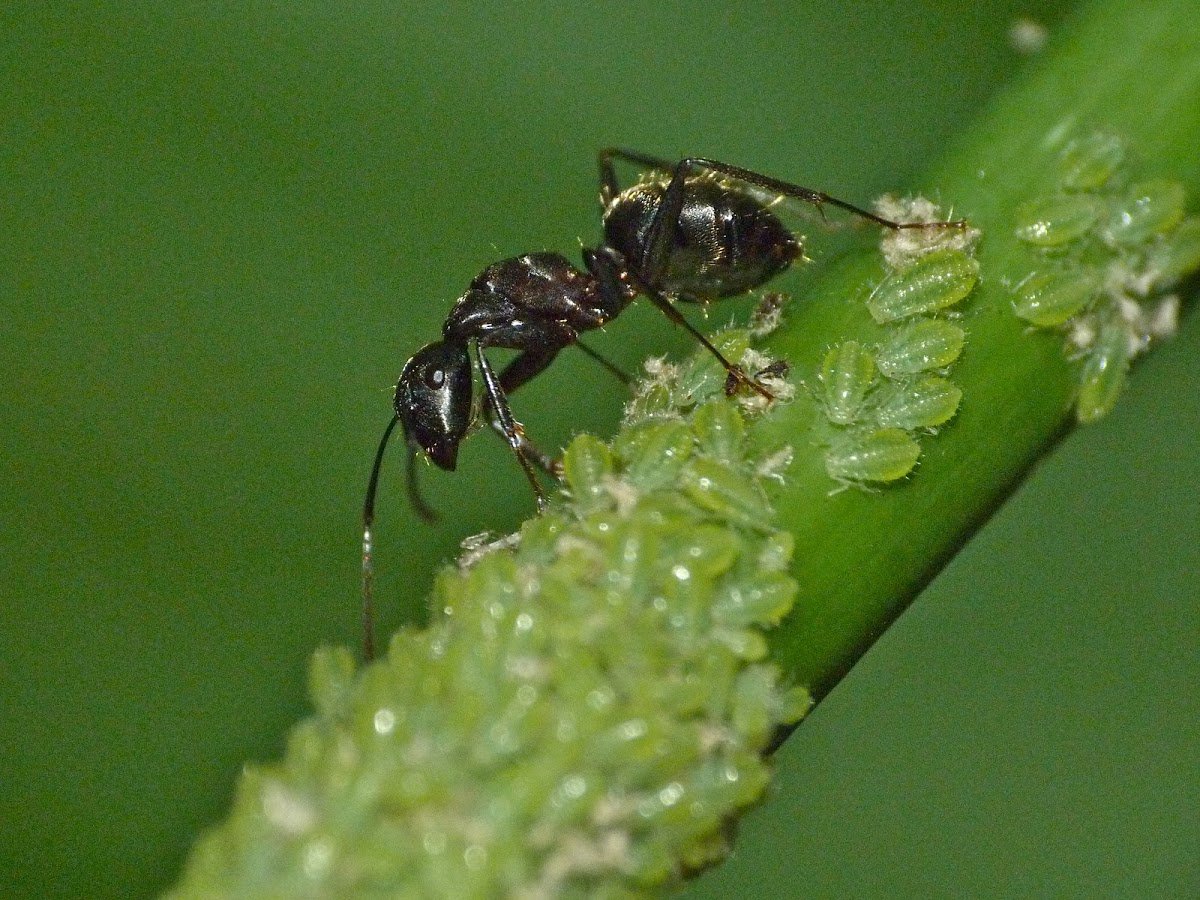
NEXT UP: Tube Anemone (Arachnanthus lilith) vs Platyzilla (Obdurodon tharalkooschild)!!! #2021MMM
Our first combatant is the Tube Anemone, a member of the diverse group of Anthozoans which live in the sediments of the oceans. #2021MMM 

Named after the parchment-like chambers they reside in, Tube Anemones construct woven networks of tough stinging cells known as "ptychocysts" that help defend the body of Tube Anemones from predators. (tinyurl.com/evbvpd63) #2021MMM
This Tube Anemone (Arachnanthus lilith) was recently described living in the Red Sea (zookeys.pensoft.net/article/22914/). It is 42mm long (0.12 stoats) with ~20 translucent tentacles near its mouth to pull in planktonic food #2021MMM 

The Tube Anemone's scientific name comes from the ancient Mesopotamian mythology of "Lilith". Lilith is a demonic succubus, coming out at night to lure & kill the unsuspecting. Similarly, Tube Anemones are nocturnal & only emerge from the ground to feed in the dark. #2021MMM 

Our next combatant, Platyzilla, is an egg-laying Monotreme....which means we finally have a Mammal!!!! *lights flash & confetti falls* Monotremes are an early group of mammals, & share many traits that define our clade like a single lower jaw bone, fur, & lactation. #2021MMM
Platyzilla (a media-inspired common name because Obdurodon tharalkooschild is a tad less catchy) is an extinct member of the platypus lineage. It was described in 2013 by @becpian et al. based on a single tooth! (tinyurl.com/42h55dan) #ActualLivingScientist #2021MMM
@becpian A single tooth might not sound like much, but paleontologists can learn A LOT from one! Based on the size of the lower first molar, the body size of Platyzilla can be approximated as nearly a meter long! Making it the largest known member of the platypus family. #2021MMM 

@becpian And just look at this gorgeous tooth! The tall cusps & low basins are unique to each species & reflect how teeth come together to mash food. The sizes & orientations of these features are adapted to process foods of different textures: tough & chewy vs hard & brittle. #2021MMM 

The features of Platyzilla's molar indicates that it would likely be carnivorous, chewing up crustaceans & even small vertebrates! #2021MMM
With Platyzilla the higher seed, this battle takes place 10 million years ago during the late Miocene in what is present-day Riversleigh, Australia. This area is designated a World Heritage Site due to the high diversity of well-preserved fossils found there. #2021MMM 

While today Riversleigh is a dry savannah, 10 million years ago it was a lush rainforest with numerous freshwater pools. Inside one of those pools swims Platyzilla, searching for prey within the aquatic vegetation. #2021MMM 



Suddenly transported through time & space, the Tube Anemone is disoriented and confused. It quickly finds a patch of soft sediment and buries itself into the muck for protection. #2021MMM
Using its bill to prod around in the soil for food, Platyzilla encounters something small wriggling in the sediment. Could this be a tasty snack? Platyzilla is hungry so it pops it into its mouth. #2021MMM
Modern platypus lose their teeth a few days after birth, relying on plates on the bill to mash food. Unfortunately for Tube Anemone, Platyzilla retained its chompers throughout life, indicated by robust roots connecting the molar to the jaw with nerves & blood vessels. #2021MMM
PLATYZILLA MASTICATES AND EATS TUBE ANEMONE!!!!! #2021MMM
• • •
Missing some Tweet in this thread? You can try to
force a refresh









